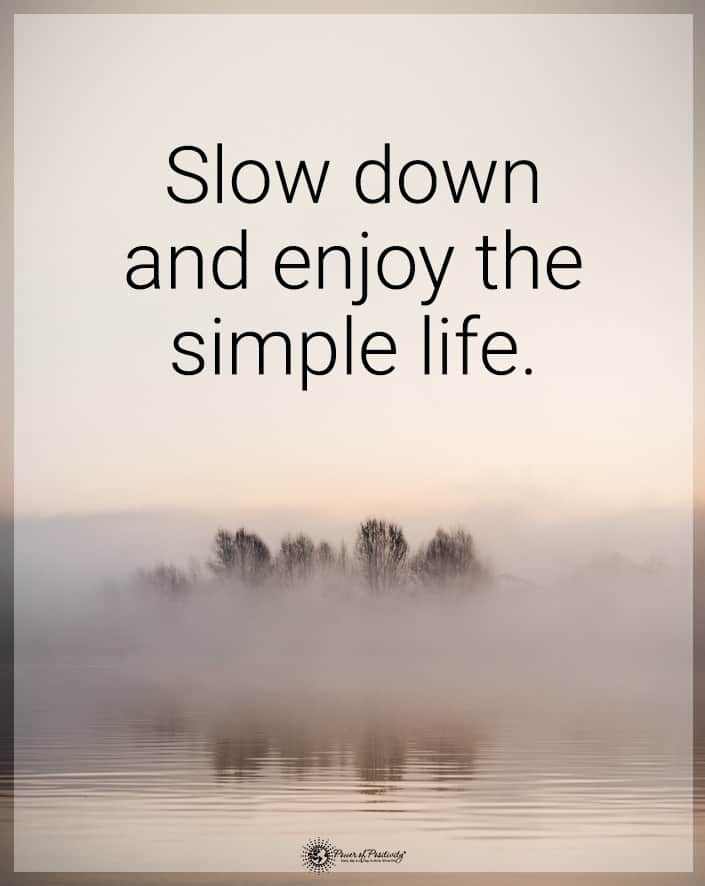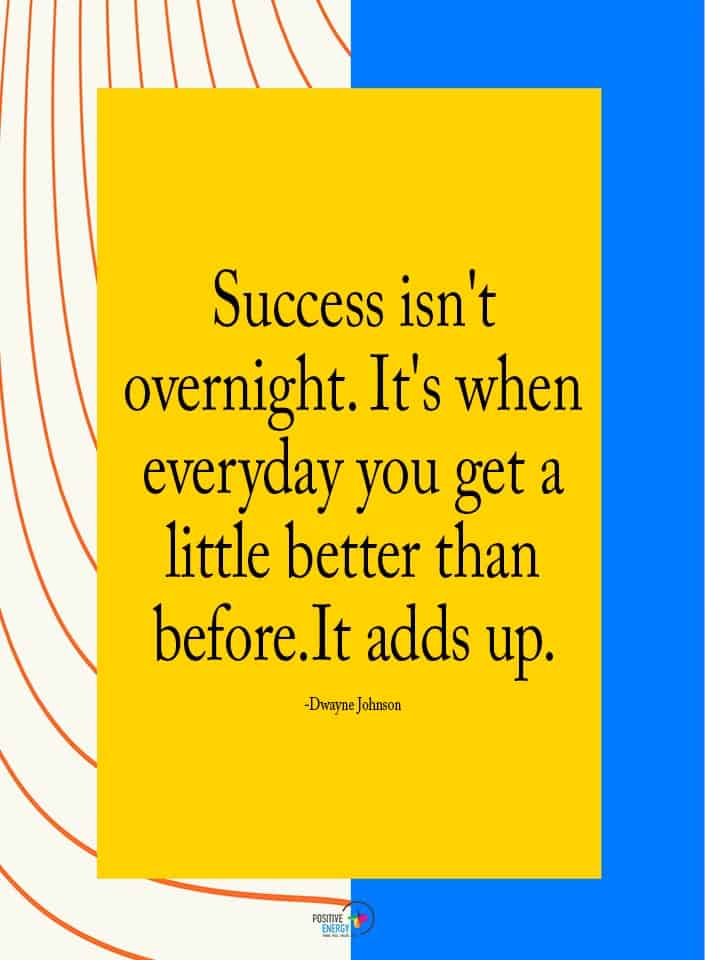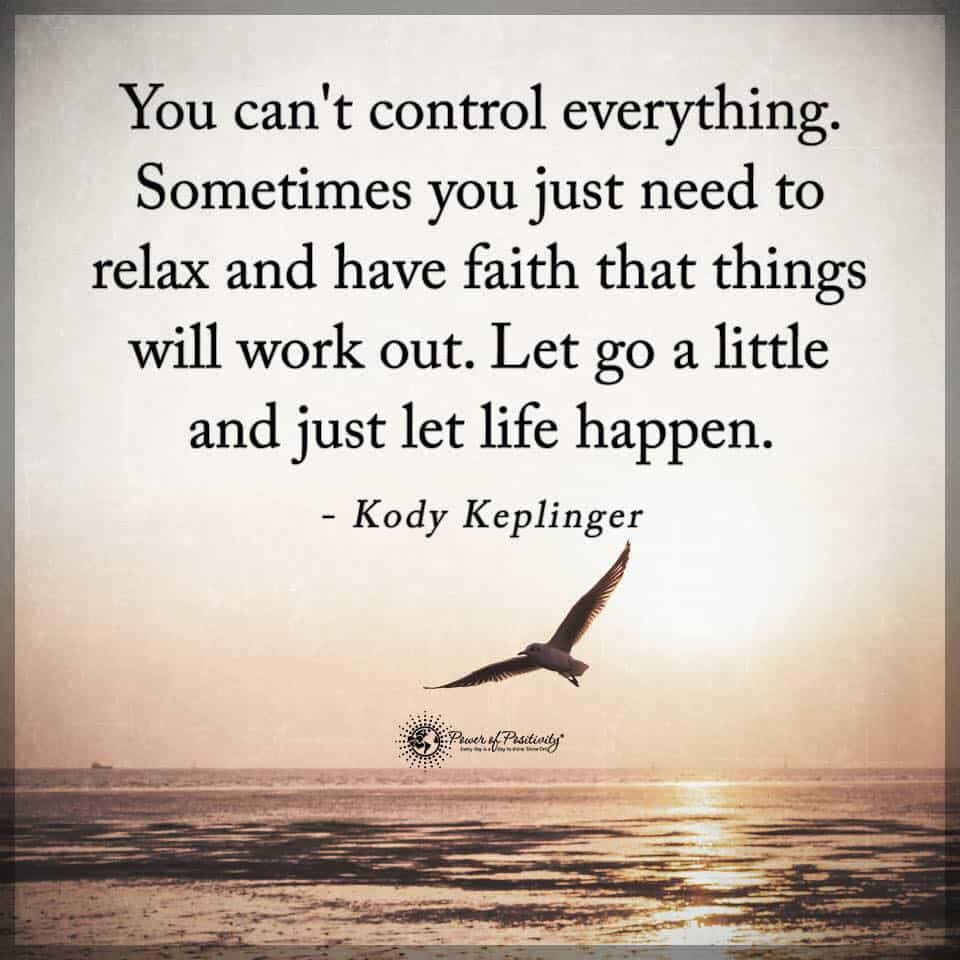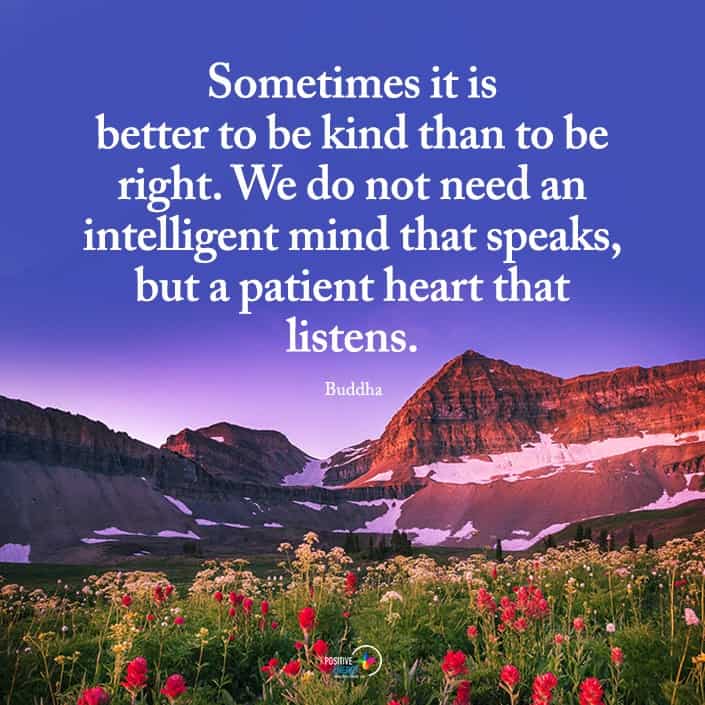If you’ve been tossing and turning at night lately, sleep gummies may help you out. Everyone needs their beauty rest, as sleep deprivation leads to physical and mental illnesses. Not to mention, feeling tired during the day makes you downright grumpy and uninterested in daily life.
Getting better sleep helps ward off illnesses and keeps you functioning in optimal condition. Unfortunately, millions of people today have insomnia and other sleep disorders.
Our modern world doesn’t nurture our biological needs, so illnesses of all kinds have become common. This category includes insomnia, with an estimated 50-60% of the global population suffering from it at any given time, according to research.
These figures are alarming. That means more than 3.5 billion people may have insomnia, a public health crisis indeed. What can we do to solve this problem plaguing society?
Enter sleep gummies. You won’t have to worry about daytime fatigue or insomnia with this sleep remedy. Made with all-natural ingredients that complement your body’s circadian rhythm, you’ll find yourself dozing off in no time.
Most store-bought sleep gummies have added sugar and other harmful ingredients to exacerbate sleep problems. Sugar spikes your insulin and increases cortisol, which doesn’t bode well for a good night’s rest. If you want to steer clear of the additives, make sure to follow this recipe for healthy, natural sleep gummies.
How to Make Sleep Gummies That Make You Feel Great the Next Day

Are you ready to try to get more rest?
Gather these tools:
- Large bowl to mix ingredients
- Spoon
- Squirt bottle
- Molds of your choice for the sleep gummies (bears are a solid choice)
- Large pot
Ingredients:
- 2 cups tart cherry juice (not from concentrate)
- 1/3 cup honey or sugar-free alternative (monk fruit, stevia, etc.)
- 4 teaspoons magnesium powder
- 1/2 cup gelatin powder
Directions:
- First, pour the cherry juice into the pot, then slowly combine the magnesium powder. The magnesium will create a foamy texture.
- Next, turn the heat on low and add in the honey. Stir gently while the mixture warms.
- Stir for about three minutes or until the magnesium completely dissolves.
- Then stir in the gelatin, whisking until thoroughly combined. Heat on low until the gelatin dissipates as well.
- Now, transfer the liquid into your squirt bottle. You could pour it right into your molds, but the bottle makes the process less messy.
- Fill up the molds or a 8 x 8 or 9 x 9 glass baking dish coated with coconut oil.
- Place the sleep gummies in the refrigerator for about 2 hours to harden.
- Once they’re firm, remove and transfer to an airtight container. Store in the fridge for up to 2 weeks.
Sleep Gummies Recipe Notes
- Before you begin, make sure to reread the label on your gelatin. Sometimes people confuse gelatin and collagen, but your recipe won’t turn out correctly if you use the latter. Gelatin makes the sleep gummies rubbery, firm, and, well, gummy. Collagen, however, merely dissolves in liquids and doesn’t harden when it’s cooled like gelatin.
- Keep in mind that gelatin is an animal product. If you’re vegan, opt for one of these plant-based alternatives:
- Agar-agar. This vegetarian gelatin substitute comes from a variety of seaweed plants.
- Guar gum. It’s derived from a legume called guar beans.
- Xanthan gum. Perhaps the most popular veggie alternative to gelatin, it’s made from fermenting simple sugars with a certain bacteria.
- Carrageenan. This product also comes from seaweed, a red variety called Irish Moss.
- Adults should have one to two sleep gummies about one hour before bed. Children should eat just one close to bedtime.
- If you’re making these for children, make sure to ask their doctor first about the magnesium powder. You can still make the recipe as is without it.
- Not a fan of tart cherry juice? The honey or sugar-free alternative will help lessen the tang a bit. You could substitute with a different liquid, but it’s not recommended. We’ll explain why below.
Nutrition and Benefits of these Sleep Gummies
- Tart cherry juice. It’s not very publicized, but tart cherry juice can help immensely with insomnia and other sleep problems. Tart cherry juice naturally contains melatonin and the amino acid tryptophan, which induce sleepiness. Proanthocyanidins, the ruby red pigments in tart cherry juice, contain an enzyme that lowers inflammation and slows the breakdown of tryptophan in the body. This allows it to circulate in your body longer, promoting sleep. A 2014 Louisiana State University study found that tart cherry juice increased sleep duration by nearly ninety minutes per night in older participants.
- Honey contains plentiful antioxidants and can help stave off colds, coughs, and respiratory illnesses. It’s also anti-inflammatory, which means it can ease any pain or discomfort and promote relaxation. (If you’re not using honey, feel free to skip this part. However, alternative sweeteners like stevia and monk fruit also have benefits).
- This critically important mineral plays a vital role in a restful night’s sleep. Magnesium helps activate the parasympathetic nervous system, which enables you to feel calm and relaxed before bed. It also helps regulate melatonin levels, which govern sleep-wake cycles in the human body. Finally, magnesium binds to GABA receptors in the brain; GABA calms the nervous system and is used in many sleep medications like Ambien.
- The last ingredient, gelatin, contains nearly all the essential amino acids. One of these, called glycine, can help you fall asleep faster and achieve deeper sleep by increasing serotonin levels.
Final thoughts on these sleep gummies that will knock you out cold
Sleep medications and supplements don’t hold a candle to these potent sleep gummies. Containing calming ingredients like tart cherry juice, magnesium, and gelatin, they’re the perfect antidote to insomnia. Plus, they only take a few minutes to make and last for one or two weeks. Not to mention, it will seem more like eating candy than a sleep supplement!
If you decide to make these sleep gummies, let us know if they help you get more shut-eye!


















